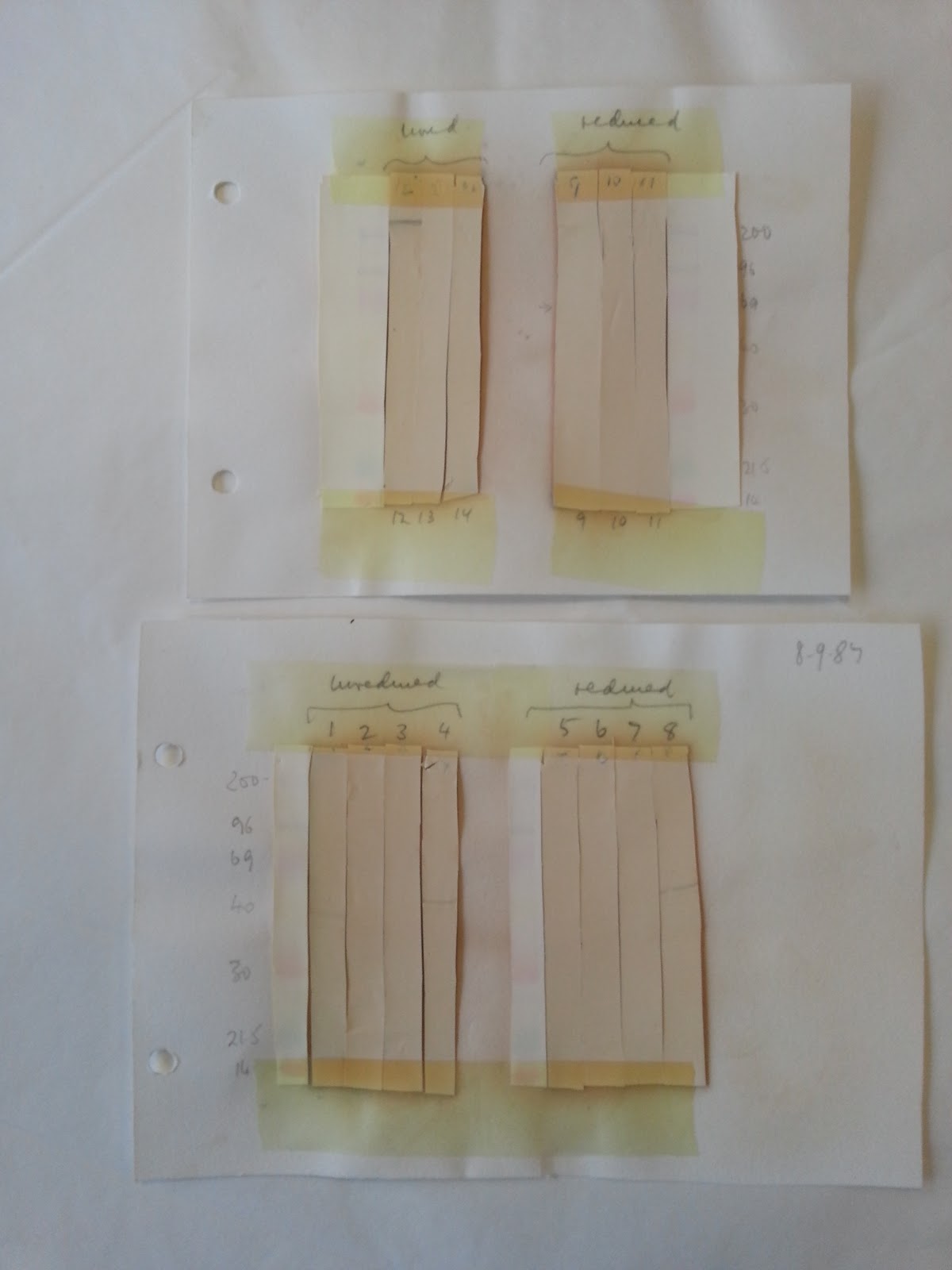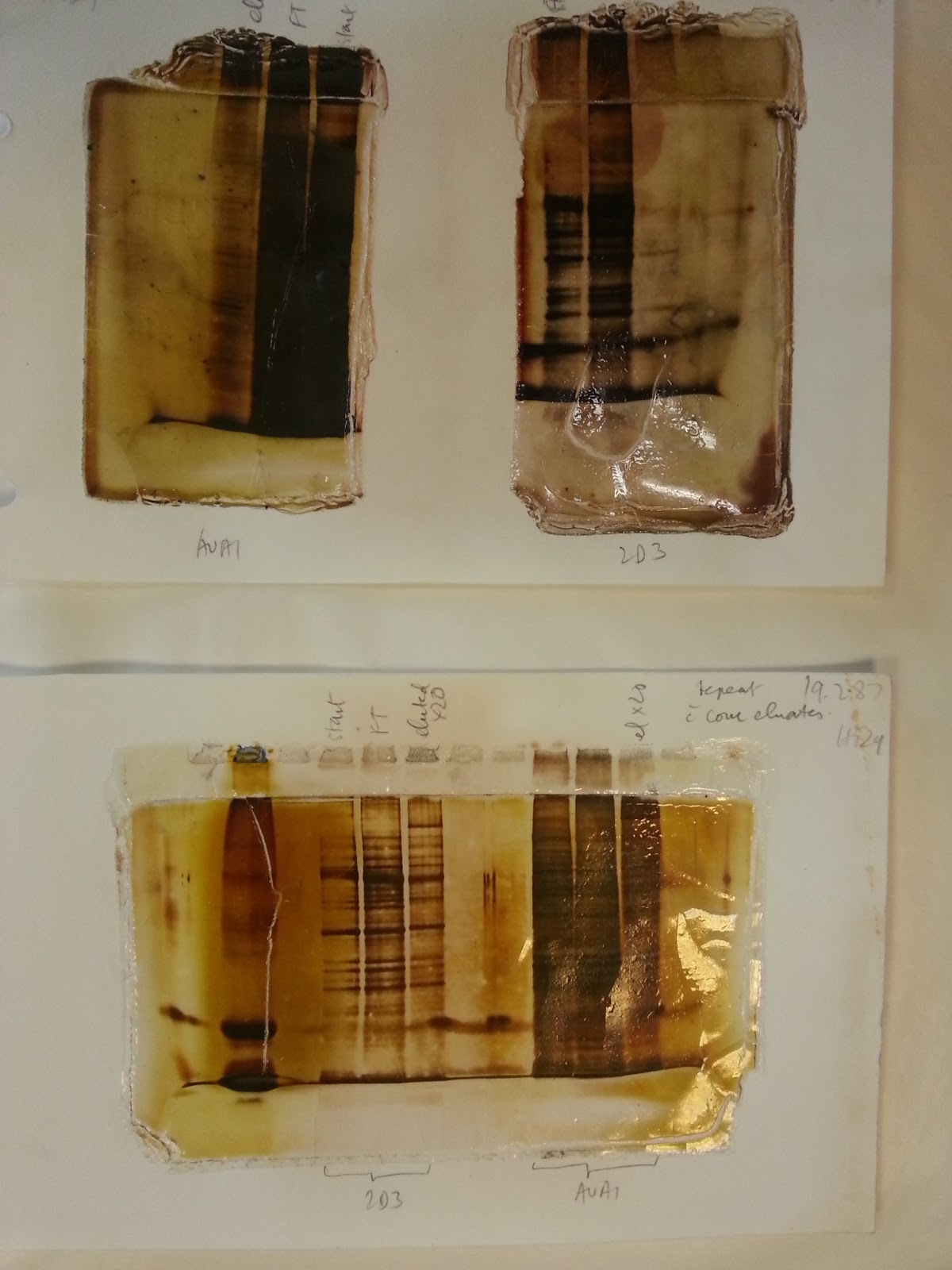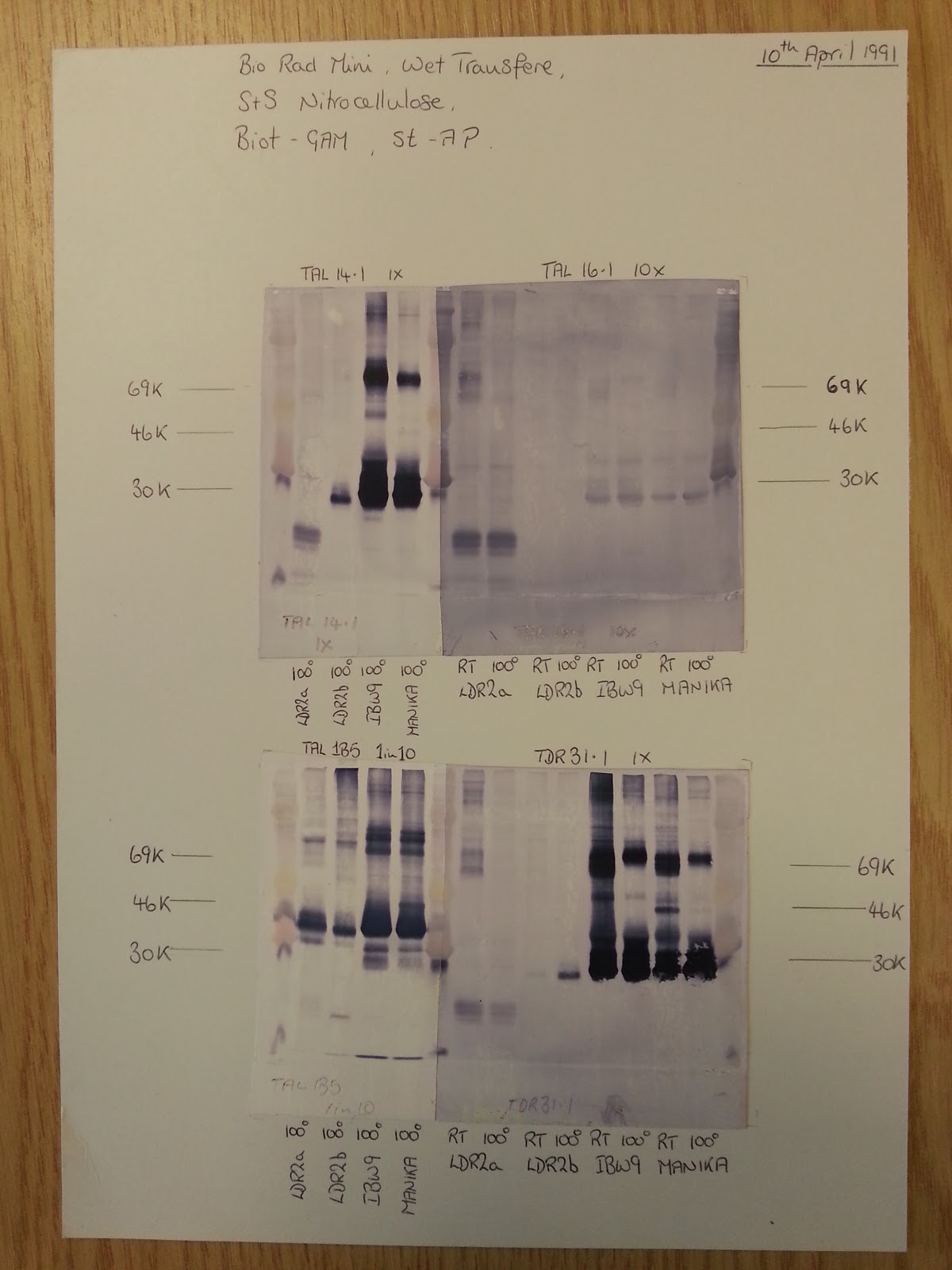The papers of Sir Walter Bodmer have been intriguing, not only in terms of what they reveal about the history of science and genetics, but also for providing snapshots into the networks of co-operation, collaboration and relationships formed between prolific scientists. The large correspondence series of Sir Walter’s papers offer insight into how geneticists were continually learning from each other throughout their careers (and often disagreed), and through these exchanges of knowledge and ideas, lasting friendships were formed. The professional and personal correspondence between Walter Bodmer and Guido Pontecorvo (1907-1999) are one example of such a relationship.
As a young graduate student, Walter Bodmer travelled to Glasgow with his wife Julia and two young children, to spend time in the laboratory of Italian geneticist Guido Pontecorvo at Glasgow University. Pontecorvo was head of the new Department of Genetics in Glasgow, which he helped to establish (like Bodmer, who would later be instrumental in initiating the Department of Genetics in Oxford), and Professor of Genetics from 1955 to 1968.
Shortly after Bodmer completed his PhD in 1959, he became increasingly interested in the idea that quantitative genetics could be carried out properly on biochemical characters. Having learned about Pontecorvo’s work on Aspergillus, he hoped to travel to Glasgow and stay for a day or two to learn about this work and broaden his own outlook. In a report, Sir Walter wrote, ‘my reason for learning these techniques is a belief that they provide opportunities for a fundamental approach to the study of continuous quantitative genetics”. However, Pontecorvo firmly believed that basic biochemical and molecular genetics should be undertaken without the quantitative genetics. In addition, Pontecorvo was quite insistent that Bodmer would require several months (not days) to become acquainted with the techniques of biochemical genetics.
 |
| Dr. George Owen to Guido Pontecorvo, 28 November 1958 |
In 1987, Sir Walter looked back to 1959 when he first met Pontecorvo:
My first contact with him was nearly 30 years ago when, under the influence of my Professor, Sir Ronald Fisher, I had developed an interest in quantitative genetics but felt the need for biochemical analysis. It seemed that the Aspergillus system would be a marvellous basis for this, so I asked my formal supervisor, Dr. Owen, to write a letter, which I drafted, to Professor Pontecorvo about this. Perhaps I could visit for a day or so in the first instance and explore the applications of the Aspergillus system. In those days it would have been unusual for a graduate student to write directly to the Professor. I still have his reply. In it he said, “I strongly dislike the subject of quantitative genetics in general, and in particular in micro-organisms, which are so much better suited for the study of variations in fine genetic structure and its correlation with fine differences in proteins”. He was, of course, right.
Sir Walter has noted, “this was my first lesson in the value of persistence and calmness in relationships with others who may be much more senior than you are”. It was this experience with Pontecorvo that gave Bodmer his first exposure to microbial genetics and modern genetics studies using the Aspergillus system (in addition to ideas on somatic cell genetics, perhaps the most significant influence on Sir Walter career and a major stimulus for the Human Genome Project). According to Sir Walter, “Ponte’s pioneering insight that the asexual system of genetic analysis which he had developed for a fungus could be applied to human and animal cells in culture and laboratory” provided the fundamental background for later laboratory advances and applications at the molecular level. Indeed, the Bodmer archive contains a range of lab notebooks and papers from experiments using fusions to produce hybrids based on Pontecorvo’s method.
Sir Walter has written, “though my time in Glasgow was short, I count myself as one of Ponte’s students”. In fact, Guido Pontecorvo and Walter Bodmer became very good friends; they would have a lot of contact during Pontecorvo’s later career after he moved from Glasgow to the ICRF in London at the invitation of Michael Stoker (Bodmer’s predecessor as Director of Research at the ICRF). In 1987 Sir Walter initiated and organised a symposium and special edition of Cancer Surveys in honour of Pontecorvo on the occasion of his 80th birthday.
 |
| Francis Crick to Walter Bodmer, 18 May 1987 (Pontecorvo was known as ‘Ponte’ to his friends and colleagues). |
Guido Pontecorvo has remained an important influence on the career of many geneticists, with Sir Walter referring to him as “a true geneticist’s geneticist”.











